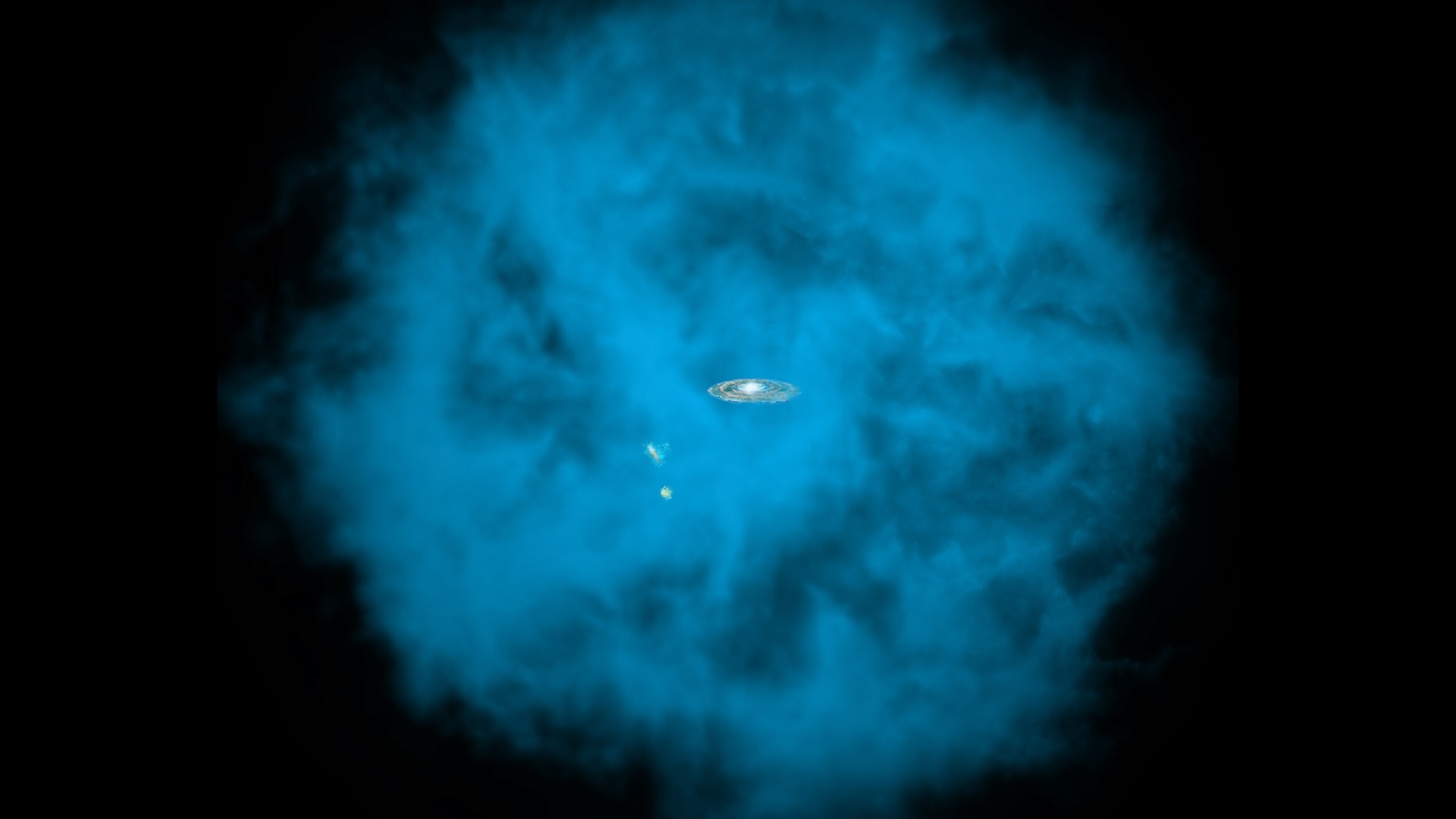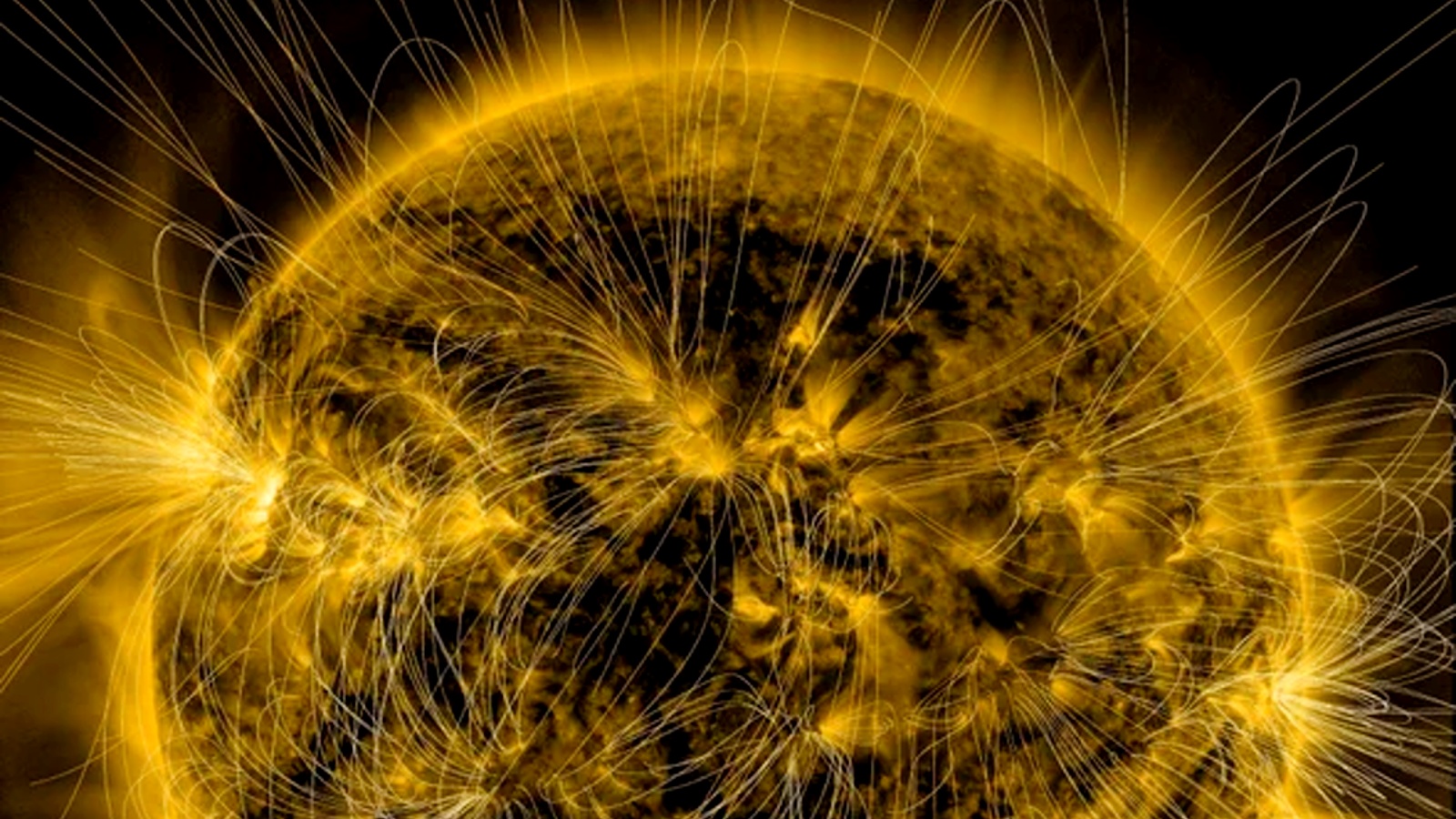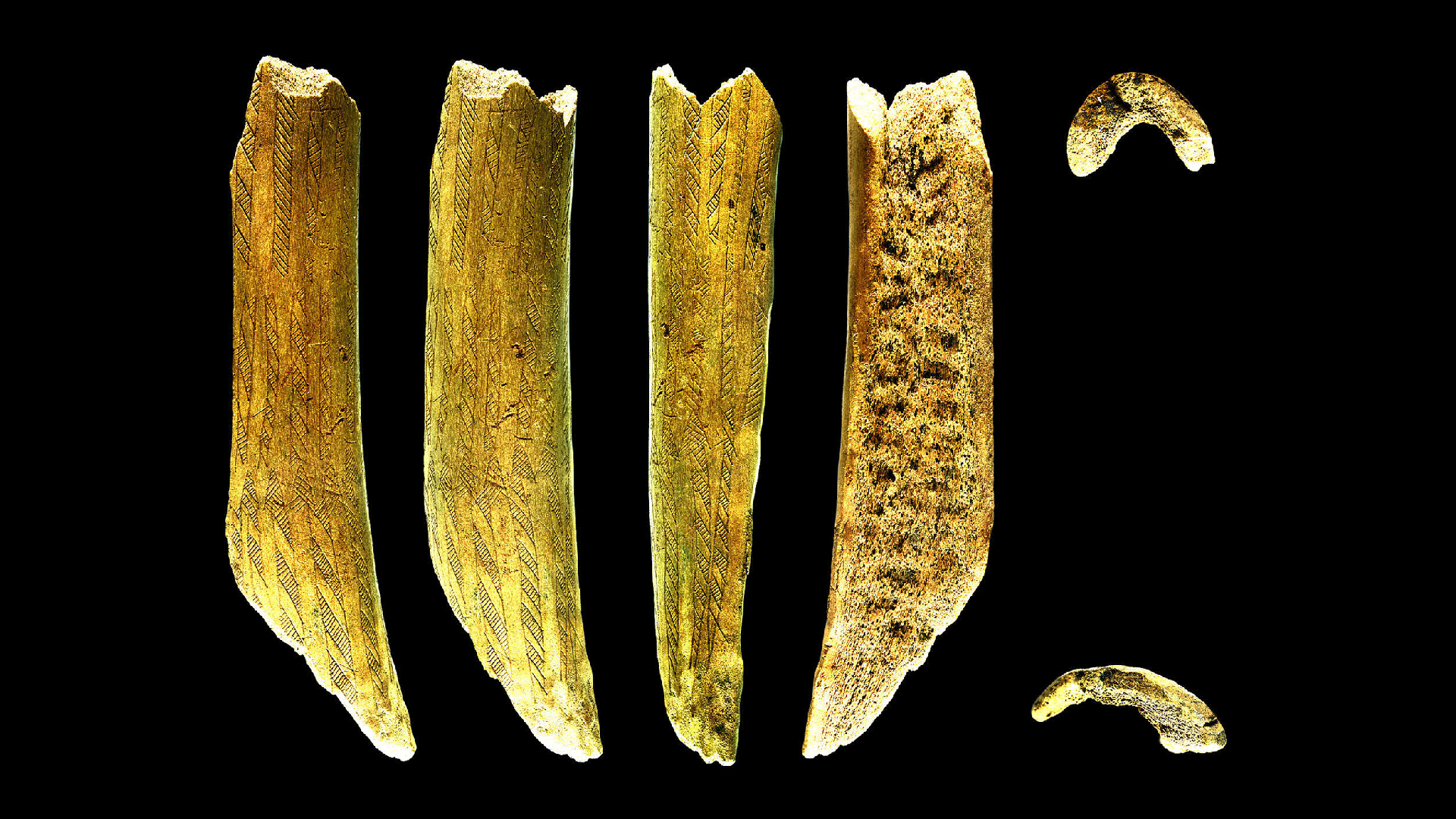New invention harvests ambient Wi-Fi and Bluetooth signals to power small devices
Wasted radio signals can be converted into electricity using a new kind of antenna rooted in how electrons behave at a quantum level.

Small devices like light sensors or network components could soon harvest power from background Wi-Fi and Bluetooth signals — using a sophisticated new component that can turn even the faintest electromagnetic waves into electricity.
Researchers have created a highly sensitive "rectenna," or rectifying antenna, a component that exploits quirks of quantum physics to efficiently convert electromagnetic energy into direct current (DC) electricity. The researchers used this novel approach of capturing electrons to power a commercial thermometer.
In a study published July 24 in the journal Nature Electronics, the scientists suggested this technology could be scaled up to power Internet of Things (IoT) devices and sensors using a small proportion of the excess radiofrequency (RF) signals they use to communicate with one another.
Rectennas receive electromagnetic waves as found in radiofrequency (RF) signals like Wi-Fi and Bluetooth, or different wavelengths of light, and capture them as alternating current (AC) electricity via the antenna. The device then converts this to DC electricity through its rectifier circuit.
It's long been known that rectennas can be used to generate low levels of electricity; researchers have demonstrated this by wirelessly powering model vehicles and similar experiments since the 1960s. For example, in 1964 the weapons manufacturer Raytheon ran a television broadcast in which it demonstrated a remote-controlled helicopter powered by microwaves.
Related: Wireless tech could replace Bluetooth at short distances and boost battery life 5-fold
But in these cases, power was beamed directly at the device in the form of microwave energy. Ambient RF signals are far weaker and are not aimed directly at the devices.
Sign up for the Live Science daily newsletter now
Get the world’s most fascinating discoveries delivered straight to your inbox.
In the paper, the researchers said that ambient RF signals may register well below minus 20 decibel-milliwatts, a unit of measurement used to express signal strength. To put it in perspective, the average smartphone transmits signals at 27 dBm while a microwave oven operates at 60 dBm.
To harness the very weak ambient signals produced by Wi-Fi and Bluetooth networks, the researchers turned to a relatively obscure corner of quantum research.
Known as "spintronics," it studies the quantum spin of electrons and how this relates to magnetic fields. For their demonstration, the researchers leaned on the properties of magnetic tunnel junctions (MTJs), a component consisting of a very thin layer of insulating material sandwiched between two magnetic layers. MTJs are most commonly used in hard disk drives and have been utilized in other types of computing memory.
—Quantum data beamed alongside 'classical data' in the same fiber-optic connection for the 1st time
—Future electric cars could go more than 600 miles on a single charge thanks to battery-boosting gel
—New solar cell technology could ditch batteries in gadgets for good by harvesting ambient room light
RF signals can exert a shift on MTJs, in which the current of the signal affects the spin of the electrons within the construct. This can be harnessed to produce electricity.
The team created a series of nanoscale "'spin rectifiers"' (SRs) formed from MTJs, with full dimensions of 40 x 100 nanometers squared and 80 x 200 nm2, sensitive to the frequencies of common ambient electromagnetic signals such as Wi-Fi (2.4 gigahertz frequencies), 4G (2.3 to 2.6 GHz), and 5G (3.5 GHz).
Having demonstrated the effectiveness of their component on its own, the researchers created an SR array that could power a commercially available temperature sensor using only minus 27 dBm of ambient RF.
In the future, the team hopes this method could be used to lower the carbon cost of running wireless networks by reducing battery dependency and energy consumption in sensors and other small devices.
Rory Bathgate is a freelance writer for Live Science and Features and Multimedia Editor at ITPro, overseeing all in-depth content and case studies. Outside of his work for ITPro, Rory is keenly interested in how the tech world intersects with our fight against climate change. This encompasses a focus on the energy transition, particularly renewable energy generation and grid storage as well as advances in electric vehicles and the rapid growth of the electrification market. In his free time, Rory enjoys photography, video editing and science fiction. He joined ITPro in 2022 as a graduate, after completing an MA (Hons) in Eighteenth-Century Studies at King’s College London. You can contact Rory at rory.bathgate@futurenet.com.










